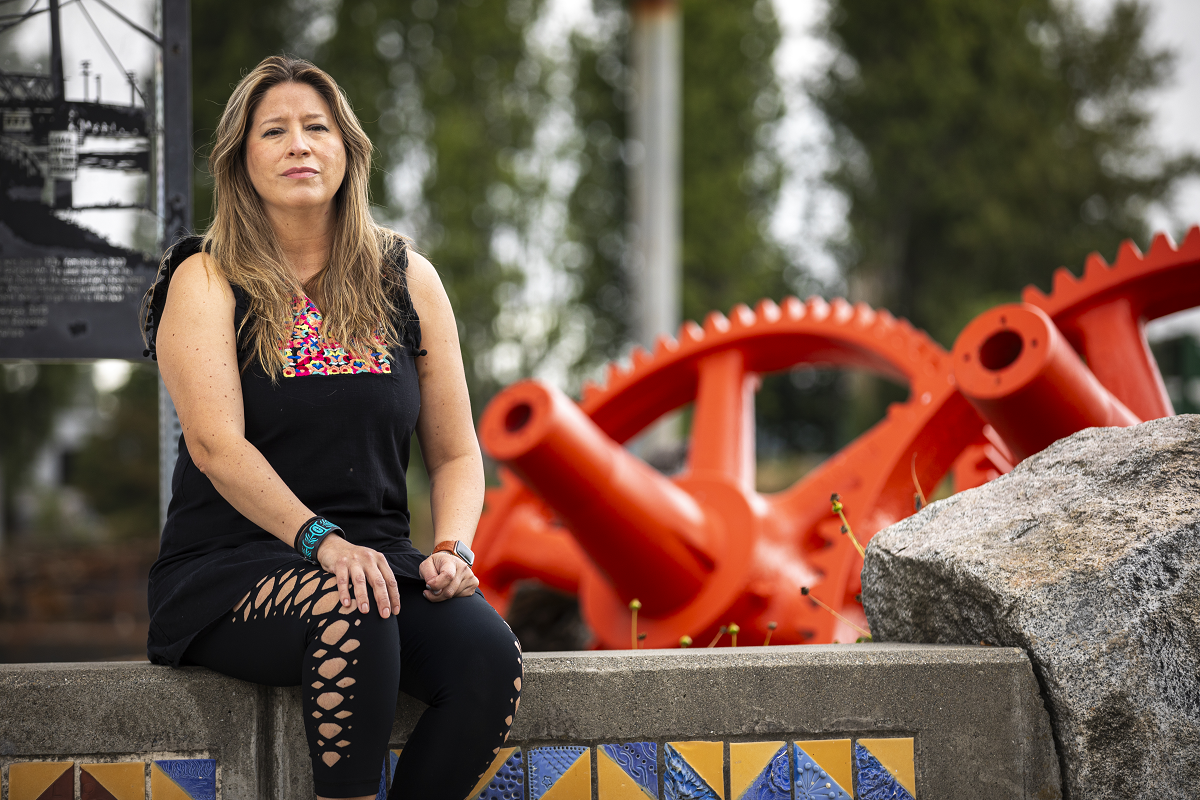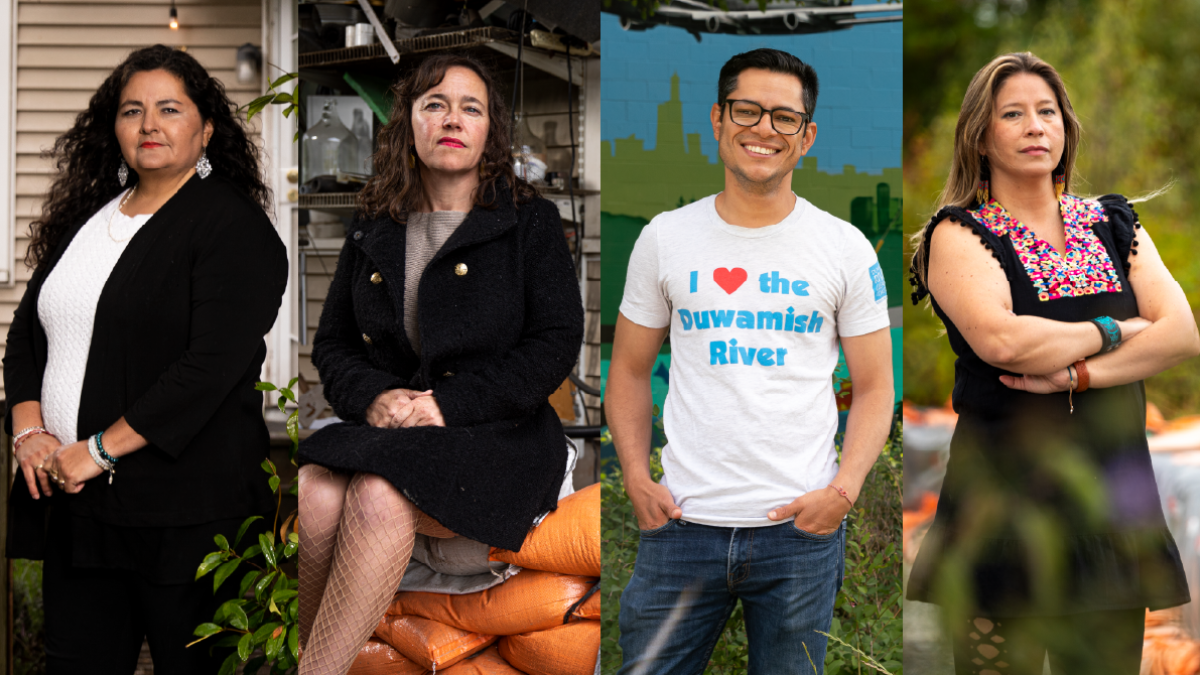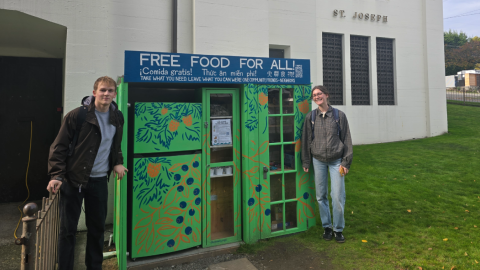In the fall of 2022, our team of researchers from the Duwamish Valley Youth Corps, the Duwamish River Community Coalition (DRCC), the City of Seattle and the UW Department of Environmental & Occupational Health Sciences went door to door in the Seattle neighborhoods of South Park and Georgetown to survey households about their perspectives on issues relating to climate resilience.
Among other things, we found that community members prioritize environmental health; want more green spaces; see their community connectedness as a strength; and want their perspectives factored into efforts to build climate resilience in their neighborhoods.
The month after surveying ended, the Duwamish River overtopped its banks, flooding many South Park homes in an event of a magnitude not expected for another 30 years, based on climate models. In the aftermath, South Park’s resilience to climate change and sea level rise was tested as community members scrambled to both give and receive aid while many were displaced and liability was uncertain.
This week we are releasing a storymap combining results from the survey with stories and portraits from partners and community members who were involved in the study and/or impacted by the flooding. It was created to provide context for findings that help lay the groundwork for future efforts to build climate resilience in Seattle’s Duwamish Valley.
The storymap features stories from:
- Paulina López, director of DRCC and a key partner in the study
- Robin Schwartz, DRCC’s development and advocacy manager, flood victim and emergency response volunteer
- Oscar Haney, a high school student whose family home was flooded
- Alberto J. Rodríguez, former Duwamish Valley advisor to the City of Seattle and architect of the Duwamish Valley Resilience District
- Andrew Schiffer, principal and director of community partnerships for DIRT Corps, a green infrastructure training program
- Maribel Pastor, coordinator of community outreach at Villa Comunitaria and emergency responder after the flooding
- Sam Lovell, a former graduate student in charge of the study logistics.

Vulnerabilities in the Duwamish Valley
Neighborhoods in the Duwamish Valley (South Park and Georgetown) have the most contaminated waste sites, the poorest physical infrastructure, and some of the worst air pollution in Seattle. These neighborhoods also have 90 percent less greenspace than the average Seattle neighborhood and rates of poverty that are nearly double those in the larger Seattle-Tacoma-Bellevue area.
Because of these interrelated factors, residents in South Park and Georgetown have poorer health than people in other Seattle neighborhoods. Their average lifespan is eight years shorter than the city average, and a full 13 years shorter than that of people living in the wealthiest parts of Seattle.
Adding to these health disparities, South Park and Georgetown are also expected to be impacted more heavily by climate change. Sea level rise, storm surges and heavier rains will likely exacerbate flooding.
Inadequate and aging infrastructure can increase the harm from wildfire smoke as buildings are more difficult to seal and cool in order to maintain good indoor air quality during smoke events. Rates of asthma are also higher in the Duwamish Valley, making wildfire smoke a bigger threat for local community members than for people living in other parts of Seattle.
Powerful, resilient communities
As our storymap highlights, however, South Park and Georgetown are not just cases of environmental injustice—they are also vibrant communities with unique strengths. Many people are drawn to the Duwamish Valley for its cultural diversity, strong sense of community, affordability and proximity to the river.
The valley also has a long history of and high capacity for environmental advocacy and has seen important gains in recent decades in terms of river cleanup and improved greenspaces.
We hope that the profiles included in our storymap will help bring attention and support for critical efforts to build the social systems and infrastructure that will help South Park and Georgetown prepare for, adapt and respond to the impacts of climate change.
Explore the complete storymap here, including links with ways to get involved.




